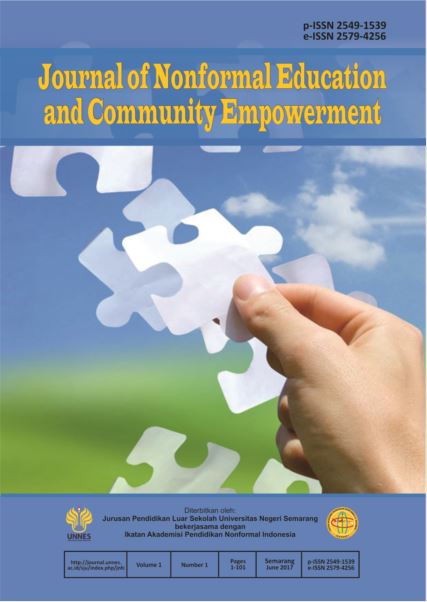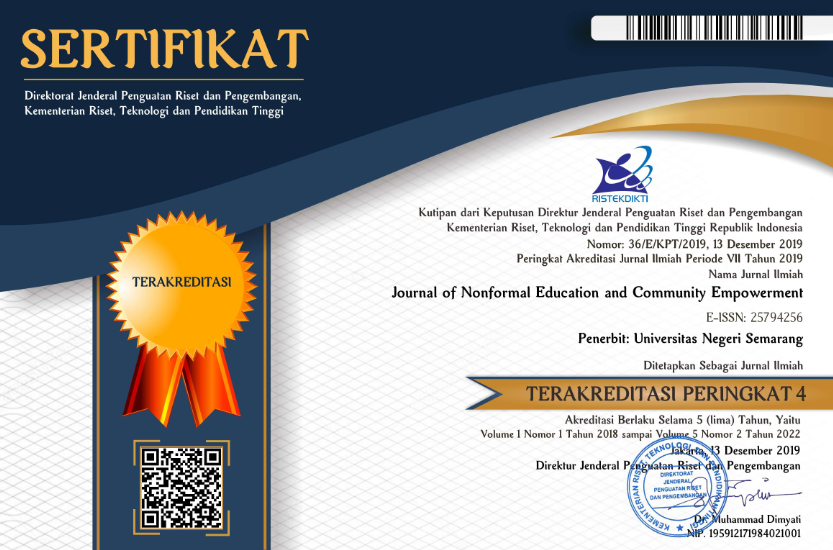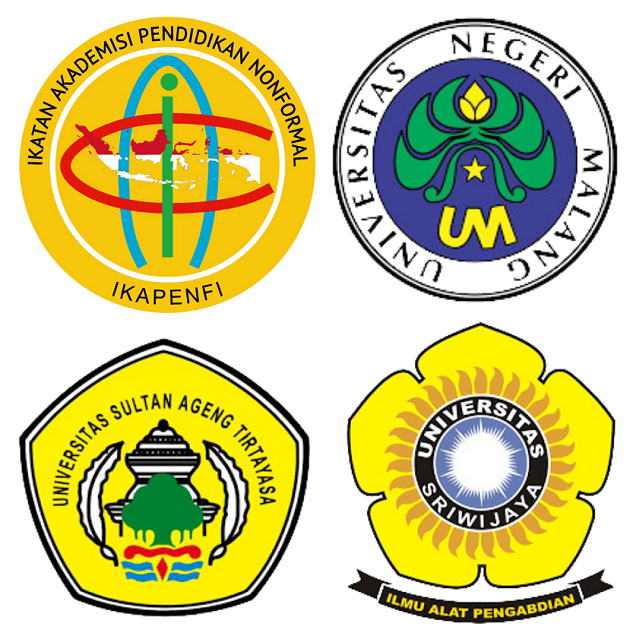Pemberdayaan Perempuan Berbasis Ekonomi Kreatif melalui Pelatihan Pembuatan Keset dari Limbah Kain
Abstract
The purpose of this study was to knowing (1) process the empowerment of women based creative economy through training on making doormats of waste fabrics (2) result the empowerment of women based creative economy through training on making doormats of waste fabrics, (3) supporting factors and inhibitors the empowerment of women based creative economy through training making doormats of waste fabrics. This research was conducted at the Group (PKK) Parahu Village Sukamulya Sub district Tangerang District. The research method used by the author in this research is descriptive method with qualitative approach, is a research method that presents data and facts are true about the empowerment of women based creative economy through training on making doormats of waste fabrics in group (PKK) Parahu Village Sukamulya Sub district Tangerang District. In the qualitative approach should be based on data or information obtained through research as follows: (1) observation, (2) interview, (3) documentation. Data processing techniques and data analysis in this research include selecting the data, clarify the data, analyze the data, and verification of the data or conclusions. As the end on this discussion, presented conclusions: (1) Process the empowerment of women based creative economy through training on making doormats of waste fabrics in group (PKK) Parahu Village Sukamulya Sub district Tangerang District is to involve elements of society including TP. PKK Parahu village, headman, RW and RT in formulating local empowerment objectives. The approach taken in this activity that a group approach. To identify the need conducted a meeting between the organizers, community leaders, and tutors. Residents learn to be involved in planning, implementation, and evaluation of programs. Learning materials tailored to the wishes of residents learn and the potential that exists in the local surroundings. Delivery of material using lectures, demonstrations, assignments, discussions, and practices. Local authorities involved the controlling in activities. (2) Result the empowerment of women based creative economy through training on making doormats of waste fabrics is increasing the knowledge, skills enhancement and improvement of the attitude residents learn. (3) The supporting factors covers an motivation resident learn to follow activities pretty good, and a tutor mastery of the material making doormats of waste fabrics. Inhibiting factors, namely infrastructure and finance activities.






